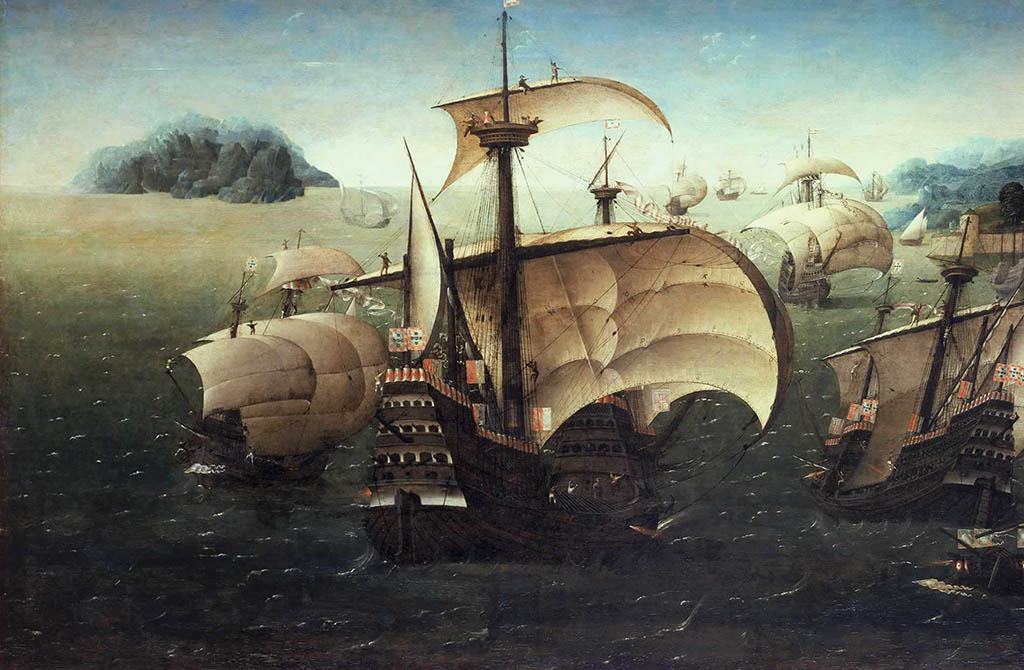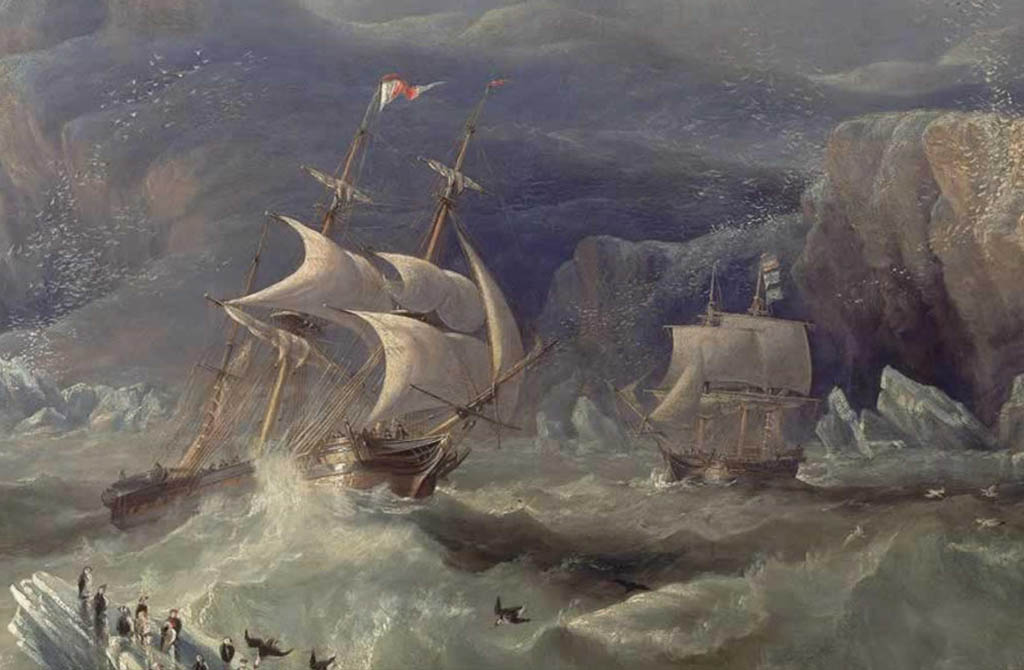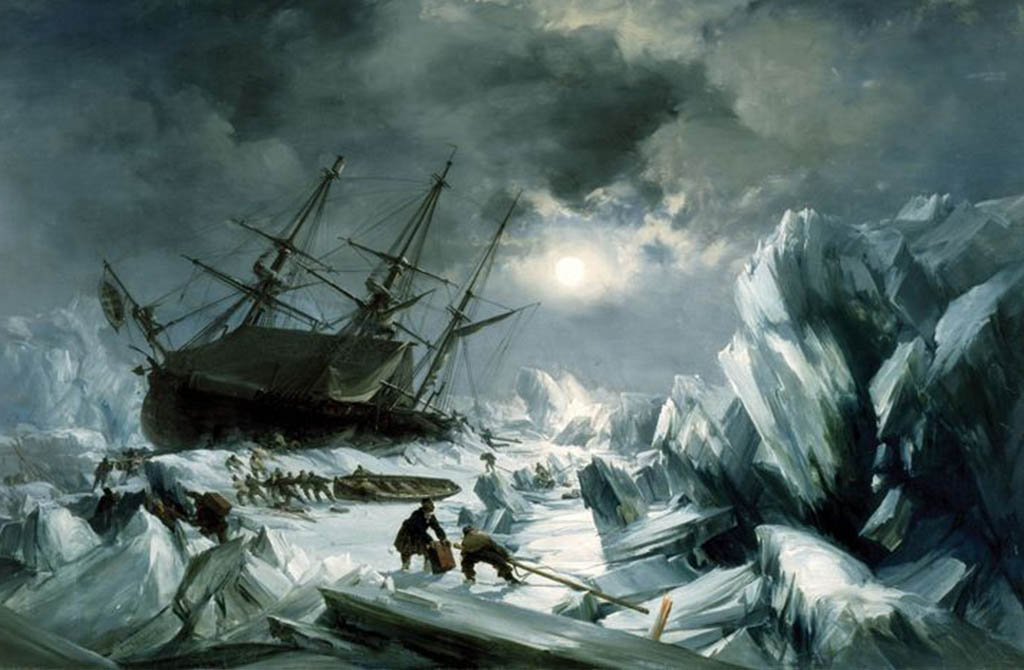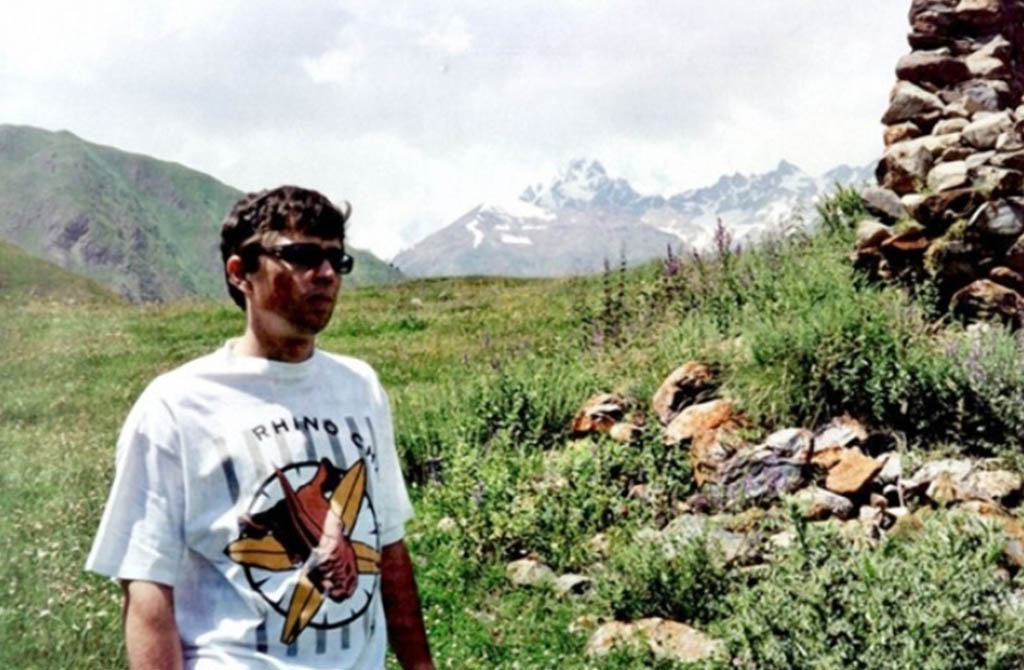April 7, 2020
Secrets of the world’s most mysterious expeditions
The desire for discovery and new heights pursues humanity from the first days of the emergence of civilizations. But not all the daredevils were able to return home. Tragic was the journey of the Portuguese Gaspar Cortirial, who decided to open the Northwest passage to Asia in the early 16th century. During the third voyage, he went missing. His brother Miguel went in search of him, but did not return. Scientists suggest that the fleets died in the ice of Labrador.
Tragic was the journey of the Portuguese Gaspar Cortirial, who decided to open the Northwest passage to Asia in the early 16th century. During the third voyage, he went missing. His brother Miguel went in search of him, but did not return. Scientists suggest that the fleets died in the ice of Labrador. On August 1, 1785, the Comte de La Perouse began his expedition. In the first year it ships "Astrolabe" and "compass" has reached Alaska. In the second, the travelers arrived in northeast Asia and discovered the La Perouse Strait near Sakhalin. In 1787, the ships landed on the coast of Samoa, where part of the crew died due to an attack by natives. In 1788 La Perouse sent a message to France through the British that he was going home. But he never came back.
On August 1, 1785, the Comte de La Perouse began his expedition. In the first year it ships "Astrolabe" and "compass" has reached Alaska. In the second, the travelers arrived in northeast Asia and discovered the La Perouse Strait near Sakhalin. In 1787, the ships landed on the coast of Samoa, where part of the crew died due to an attack by natives. In 1788 La Perouse sent a message to France through the British that he was going home. But he never came back.
4 years later, the West India Company found two ships wrecked on the reefs near the island of Vanikoro. Part of the crew survived. Whether there was a famous count among them is not known. Very dramatic was the expedition of rear Admiral John Franklin of the British Navy, who went in search of a passage from the Atlantic ocean to the Pacific.
Very dramatic was the expedition of rear Admiral John Franklin of the British Navy, who went in search of a passage from the Atlantic ocean to the Pacific.
Ships "Terror" ("Horror») and "Erebus" ("Gloom") with a crew of more than 120 people sailed from England in the direction of the Canadian Archipelago. They were last seen by whaling vessels in August of the same year. The ships got stuck in the Arctic ice and were abandoned by the crew. Graves of sailors were found in places along the route of the group of survivors. The Eskimos who saw them spoke of cases of cannibalism. Franklin himself died on June 11, 1847.
In 1854 The British Admiralty announced that the search for the crew was being stopped.
On September 7, 2014, the wreck of the Terror ship was discovered in Queen Maud Bay. According to the FEFAP study, the surviving crew died from lead poisoning.
But it wasn't just the navigators who didn't return home.
The story of Igor Dyatlov's group, which died in the winter of 1959 in the mountains of the Northern Urals, still raises many questions.
Researchers suggest that the avalanche caught tourists sleeping in a tent. Some of them were seriously injured. The others, without clothes, tried to carry the wounded to the shelter, where they lit a fire. Those who could still walk decided to return to the camp for their belongings, but they died of the cold on the way. Those who remained by the fire, from the icy shock, entered the fire to warm themselves. But is it?
Information about Igor Dyatlov's group is still classified as "Secret". One of the most tragic accidents of recent years is the expedition of actor and Director Sergei Bodrov. In the fall of 2002, he went to the Karmadon gorge to shoot the film Svyaznoy.
One of the most tragic accidents of recent years is the expedition of actor and Director Sergei Bodrov. In the fall of 2002, he went to the Karmadon gorge to shoot the film Svyaznoy.
On September 20, a huge ice mass descended from Kazbek mountain at a speed of 200 km/h, covering the gorge with a three-hundred-meter layer of rocks and mud. On that day, 127 people were missing out of 150 trapped in the rubble. During the search and rescue operations, only 19 bodies were found.
In 2004, the search was stopped.
Author: Eugene Yuzhakov
Read more
July 31, 2024
April 12, 2024
April 5, 2024